In the past, the efficiency of LED lamp bead patch and power supply was not very high. In this case, a large cross-section of aluminum alloy was needed to help dissipate heat. Therefore, the semi-aluminum structure of LED lamp tube was the most seen on the market. .
With the advancement of technology, the efficiency of LED light source and power supply will increase, and the heat will become smaller and smaller. In the future, all plastic lamps will have a place in the entire LED tube market due to low cost.
The glass LED tube has the advantages of good safety, good performance and low cost, and will become the leading structure of semi-plastic semi-aluminum, all-plastic and glass tube.
In order to better save resources, the structure of the glass LED tube itself will also appear in the assembly structure of the inner panel and the outer end cap without adhesive, so as to maximize the advantages of the glass tube.
In addition, the non-adhesive structure can facilitate the assembly of the glass tube and facilitate the maintenance of the glass tube, so that the only drawback of the glass tube for the fragility of the LED tube can be overcome, and the glass LED tube will become a trend.
From the perspective of transparency, the three types of LED tubes can be divided into transparent tubes and mist tubes.
The illumination angle of the transparent LED tube is substantially the same as the illumination angle of the LED light source itself, and is also 120 degrees, as shown in the following figure.
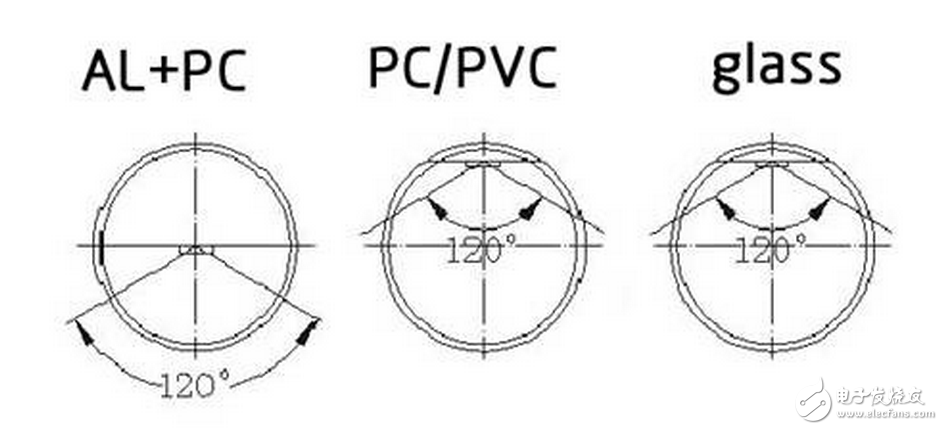
Illumination angle of transparent LED tube
According to the difference of the position of the light-emitting point inside the three kinds of lamps, such as semi-plastic semi-aluminum, all-plastic and glass, the fog light tube is different in the angle of the light bulb. We can see the light tube of the naked eye. The bright area is called the bulb fuzzy illumination area, and the illumination angle of the obtained tube is called the blur illumination angle.
The following is a detailed analysis of the fuzzy illumination angles of three different types of LED tubes in the case of fog.
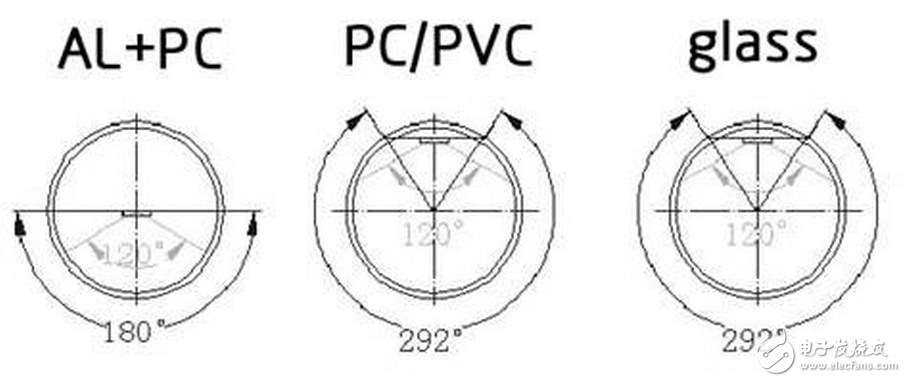
Blurred illumination angle in the case of fog
As can be seen from the above figure, although the illumination angle of the LED light source is 120 degrees, the original illumination angle of the lamp source is changed due to the fogging effect of the lamp. The fuzzy illumination angles of the three structural LED tubes are as follows:
1. The fuzzy illumination angle of the semi-plastic semi-aluminum is 180 degrees, and the light of the LED light source (120 degree illumination angle) has all been illuminated within the effective range of the blurred illumination angle, and all are effective light.
2. The fuzzy illumination angle of the whole plastic tube is generally between 240 degrees and 290 degrees. The light of the LED light source (120 degree illumination angle) is not all irradiated within the effective range of the blurred illumination angle, and a larger part of the light is above the semicircle of the lamp, which becomes invalid light, resulting in waste.
3. The fuzzy illumination angle of the glass LED tube in the figure is 290 degrees up and down. The light of the LED light source (120 degree illumination angle) is all illuminated within the effective range of the blurred illumination angle, and both are effective light.
Therefore, the three structures of LED tubes, glass tubes and semi-plastic semi-aluminum tubes have high luminous efficacy.
5. What kind of illumination angle is better for LED tubes?
Through the above analysis, the following conclusions can be drawn:
1. For straight tube type lamps, the illumination angle is not as large as possible. The traditional fluorescent tube has no directionality, and its illumination angle is as high as 360 degrees. However, in fact, only half of the lamps with a 360-degree illumination angle become available light.
2, LED tube is also a straight tube type tube, but the LED source is a directional light source, people can maximize the use of effective light.
——LED tube does not need to imitate the illumination angle of traditional fluorescent lamps, blindly emphasize the angle of illumination, and think that the bigger the illumination angle, the better the idea is wrong.
3. In theory, the LED light tube is more than 120 degrees of fuzzy illumination angle can achieve light tube light efficiency is not wasted. The semi-plastic semi-aluminum 180 degree fuzzy illumination angle can fully meet the needs of all places. The fuzzy illumination angle of about 290 degrees of the plastic tube will lose the light that is irradiated above 180 degrees.
4. In theory, the LED light tube is more than 120 degrees of fuzzy illumination angle can achieve light tube light effect is not wasted. The semi-plastic semi-aluminum 180 degree fuzzy illumination angle can fully meet the needs of all places. The fuzzy illumination angle of about 290 degrees of the plastic tube will lose the light that is irradiated above 180 degrees.
There is a need for a lamp in the place.
5. For the mist tube, the internal structure design of the LED tube complies with the fact that the lamp bead is not clearly seen in the case of lighting, so that the luminous efficacy of the LED tube can be maximized.
How to design a LED light strip circuit with PT4115 chip? 1) LED working elementsThe main parameters of LED operation are VF, IF, and other related colors are color/color temperature/wavelength/brightness/luminous angle/efficiency/power consumption. The LED is a PN junction diode that conducts current only when sufficient forward voltage is applied. The VF forward voltage establishes a normal working state for the LED illumination, and the IF forward current causes the LED to emit light, and the luminance of the illumination is proportional to the current flowing. LED VF nominal voltage: 3.4V ± 0.2V. LED IF operating current is selected according to application requirements, and each file cannot be mixed.
LED lights with various LED currents:

The LED for high-power lighting is packaged from a finished product to a single chip. In fact, it is packaged in one unit with N LED dies. Their arrangement is a series-parallel connection, they are N series, then N parallel, and then connected to the power supply by two points (Figure 1). Pay special attention to its VF and IF when selecting.
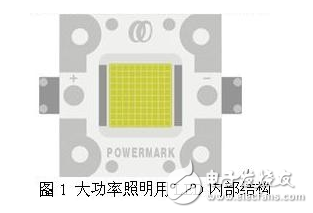
LED lamp driving needs to convert high-voltage alternating current into low-voltage alternating current (AC/AC), then convert low-voltage alternating current into bridge low-voltage direct current (AC/DC), and then stabilize through high-efficiency DC/DC switching. The voltage converter is stepped down and converted into a constant current source, and a constant current is output to drive the LED light source. The LED light source is composed of multiple powers of high power or high power LED according to the design requirements of the luminaire. The IF current of each string is designed according to the selected LED source IF. The total forward voltage ΔVF is the sum of N LEDs. The driving principle of LED lamps is shown in Figure 2.
LED lamps use AC power below 36V to consider non-isolated power supply. For example, 220V and 100V AC power should be considered for isolated power supply.

The PT4115 features a highly integrated DC/DC-Buck→Constant Current function that converts DC voltage directly into a stable constant current output. The practical application of the PT4115 practical circuit is shown in Figure 4.
The switching frequency of the PT4115 uses frequency hopping technology to effectively reduce EMI. Frequency Jitter (Frequency Jitter) is a new method to solve EMI problems by dispersing harmonic interference energy. The frequency jitter technology refers to a method in which the operating frequency of the switching power supply is not fixed, but the EMI is periodically reduced from a narrow band to a wide band to reduce electromagnetic interference. When the frequency jitter technique is not used, the harmonics are narrow and discrete, the amplitude is higher at the harmonic frequency, and the EMI is concentrated at the peak. With the frequency jitter technique, the harmonic amplitude is reduced and smoothed, and the higher harmonics are close to continuous response. The effect of reducing EMI is very significant.
The PT4115 is a 8-30V wide voltage input with a breakdown voltage of 45V and an output current of up to 1.2A. Conversion efficiency is as high as 97%. Output current accuracy is ± 5%. The chip has many functions such as over temperature, over voltage, over current, and LED open circuit protection. The SOT89-5 package facilitates rapid heat dissipation of the chip die. The peripheral application circuit is simple, only four components, the application cost is low.
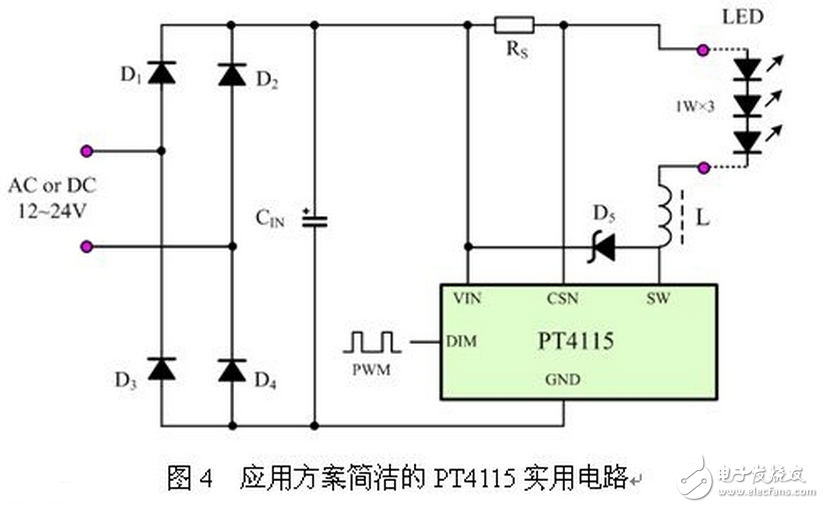
DIM dimming uses high to low dimming, safe and reliable. Both PWM and analog voltages are available. Inside the DIM terminal is a 200K pull-up resistor (Rup) connected to the internal 5V supply. Some lamps need to be over-temperature protected. A thermistor, NTC or temperature diode can be added to the DIM. The voltage at the DIM terminal is determined by the Rup and NTC voltage divisions. The principle of analog dimming and the negative feedback of temperature on the PN junction current are realized. Dynamic temperature control. This enables dynamic over-temperature protection of the LED luminaire. The NTC can also be used with a semiconductor temperature sensor or PN junction. The practical circuit is shown in Figure 5.
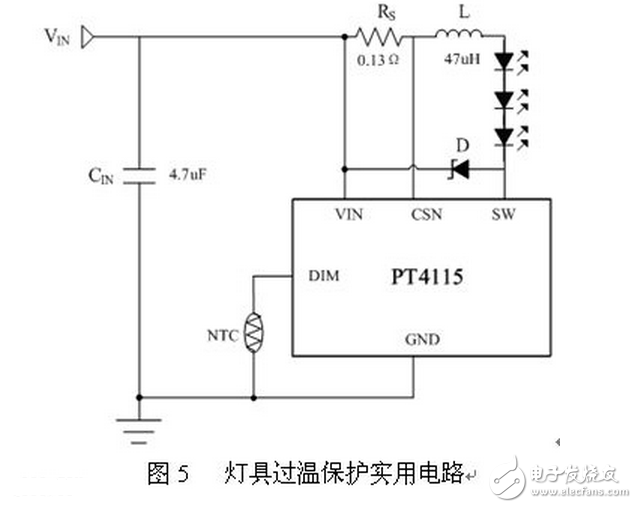
This is a special TOVAPO Z-005 Vape Pen product series. We sell Tovapo Z-005 vape pen disposable,Z-005 vape pen kit, Z-005 vape starter kit, and other Tovapo vapes.
We are specialized electronic cigarette manufacturers from China, Vapes For Smoking, Vape Pen Kits suppliers/factory, wholesale high-quality
products of Modern E-Cigarette R & D and manufacturing, we have the perfect after-sales service and technical support. Look forward to
your cooperation!
Z-005 vape pen disposable,Z-005 vape pen kit, Z-005 vape starter kit,600mah rechargeable vape,600mah rechargeable vape disposable
Ningbo Autrends International Trade Co.,Ltd. , https://www.mosvapor.com